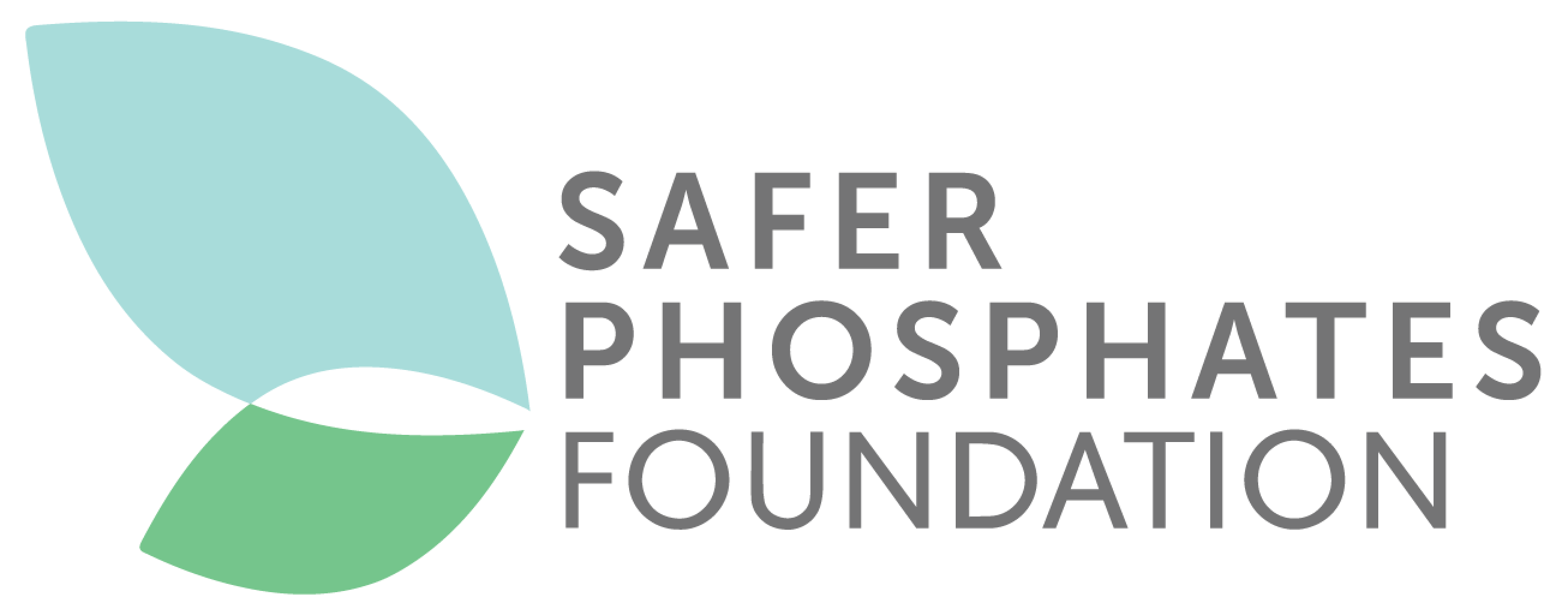Approved by the European Parliament and the European Council on 5 June 2019, the EU Fertilising Product Regulation 2019/1009 (FPR), which sets harmonised rules for CE-marked fertiliser products (also known as ‘EU fertiliser products’), will start to be fully applied from 16 July 2022.
The regulation provides for the reduction of the cadmium content of EU fertiliser products, mainly by introducing a harmonised cadmium limit of 60mg/kg P2O5. EU inorganic fertilisers with a cadmium content above this limit will therefore be banned from 16 July 2022.
)
As under the former Regulation (EC) No 2003/2003, however, compliance with the harmonised rules set out in the FRP remains optional, which means that they only apply to products intended to supply plant nutrients or to improve the efficiency of their nutrition and which bear the ‘CE marking’ when they are made available on the market. It is therefore left to the discretion of the manufacturer to decide whether they want to apply the rules of the FPR and thus be allowed to affix the CE marking to their products, ensuring that those products can circulate freely on the single market and be deemed to meet the high EU standard for protection of human, animal and plant health, or whether they want to comply with national regulations or other mutually recognised rules.
Although encouraging, this harmonised cadmium limit is still far from satisfactory, as the threshold is very low. ANSES, the French National Agency for Food Safety, released the following recommendation in a recent report: "if inorganic phosphate fertilisers are used, ANSES recommends that their cadmium concentration in the product should be less than 20 mg/kg P2O5".
It is certainly in recognition of the inadequacy of the 60 mg threshold that the Regulation allows Member States to adopt or maintain more restrictive national provisions setting lower cadmium content limits for phosphate fertilisers. Since the adoption of the FPR, several EU Member States have already made use of this derogation, such as Slovakia, Hungary, Denmark, Sweden and Finland.
Safer Phosphates strongly encourages those Member States that have not yet adopted stricter limits to do so, as the 60 mg threshold is so far insufficient to effectively protect human health and the environment.
Finally, the new EU Fertilising Products Regulation also enables manufacturers of EU fertiliser products with a cadmium content of less than 20 mg/kg P2O5 to use a “green label”, enabling consumers to make more informed choices.
For further information on the subject, rewatch Safer Phosphates webinars “How to achieve healthy soils for sustainable agriculture in the EU?” and “Cadmium in fertilizers: What impact does it have on food and health in France? A future ambitious governmental decree in line with ANSES recommendations?”

